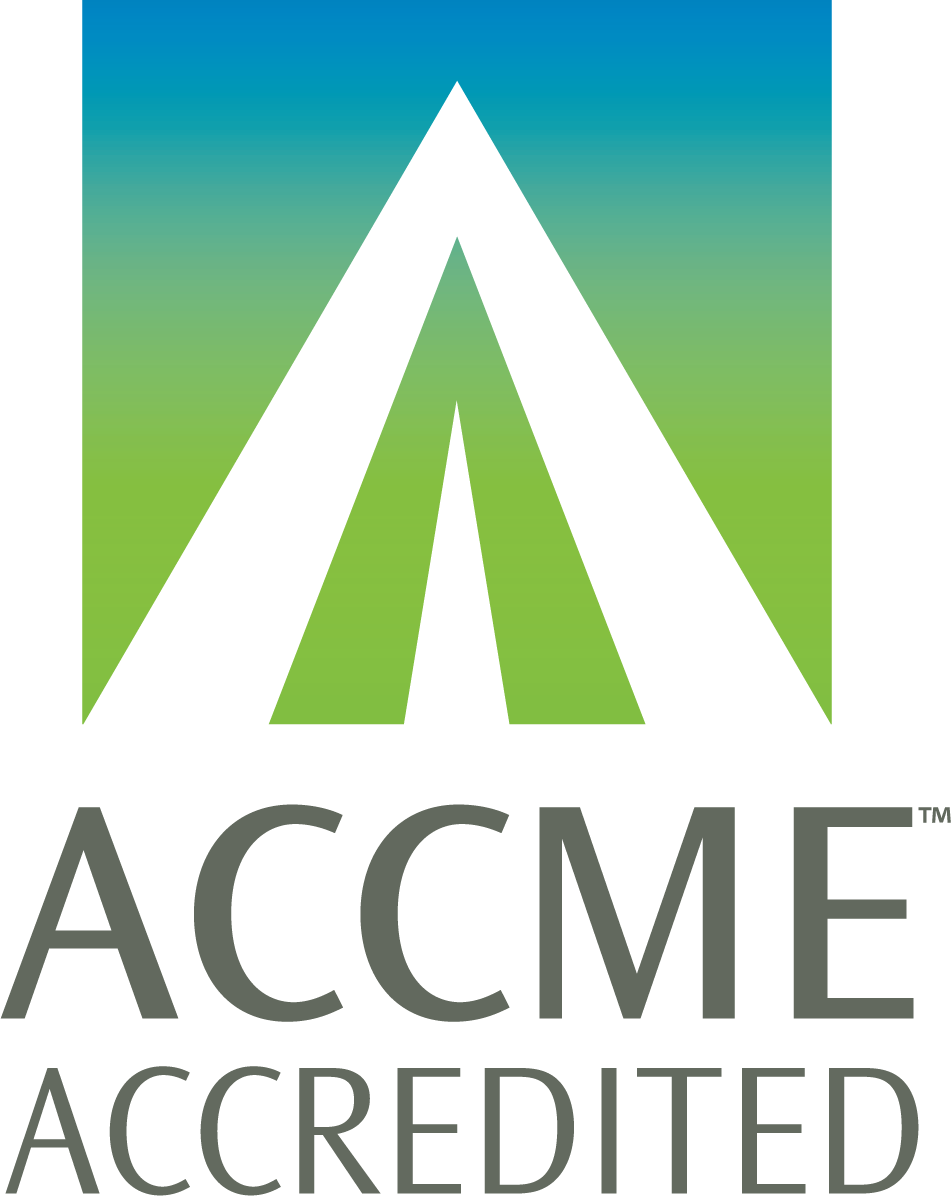 Video Courses
Video Courses Video Courses
Video Courses
The ability to identify a bundle branch block pattern on the ECG, and to assess its clinical relevance, is a key skill in general medicine. In this course, we will teach you how to distinguish between complete right bundle branch block and complete left bundle branch block on the ECG. We will show you the abnormal events in the heart which are thought to produce the predictable ECG changes associated with both of these entities. We teach you how to identify right- and left-incomplete bundle branch block on the ECG. You will also learn how to identify ECG patterns believed to reflect damage to multiple components of the cardiac conducting system; bifascicular and trifascicular block. We will teach you how to identify the likely site of origin, within the ventricles, of a premature ventricular contraction.
Planner and Author: Dr John Seery MB PhD
Planner: Dr Karen Strahan PhD (University of Cambridge), Head of Editorial
Planner: Tommy O'Sullivan, CME Manager
2.0 hours
Upon successful completion of this activity, you will be able to:
30-JUL-2023
30-JUL-2026
Participants must complete the online activity during the valid period as noted above.
Follow these steps:
Acadoodle adheres to the ACCME's Standards for Integrity and Independence in Accredited Continuing Education. Any individuals in a position to control the content of a CE activity, including faculty, planners, reviewers or others are required to disclose all relevant financial relationships with ineligible entities (commercial interests). All relevant conflicts of interest have been mitigated prior to the commencement of the activity.
Planners and faculty for this activity have no relevant financial relationships with commercial interests to disclose.
Surawicz B et al. AHA/ACCF/HRS Recommendations for the Standardization and Interpretation of the Electrocardiogram Part III: Intraventricular Conduction Disturbances. Circulation. 2009;119:e235-e240.
https://www.ahajournals.org/doi/pdf/10.1161/CIRCULATIONAHA.108.191095
Surkova E et al. Left bundle branch block: from cardiac mechanics to clinical and diagnostic challenges. EP Europace. 2017;19(8):1251-71.
https://academic.oup.com/europace/article/19/8/1251/3746065
Schamroth L and Bradlow BA. Incomplete left bundle-branch block. Br Heart Journal. 1964;26:285-8.
https://www.ncbi.nlm.nih.gov/pmc/articles/PMC1018120/pdf/brheartj00343-0129.pdf
Bussink BE et al. Right bundle branch block: prevalence, risk factors, and outcome in the general population: results from the Copenhagen city heart study. Eur Heart J. 2013;34(2):138-46.
https://academic.oup.com/eurheartj/article/34/2/138/433900
Fernandez-Lozano I and Brugada J. Right bundle branch block: are we looking in the right direction? Eur Heart J. 2013;34:86–8.
https://academic.oup.com/eurheartj/article/34/2/86/434788
Fisch C et al. Rate Dependent Aberrancy. Circulation 1973;58:714-24.
https://www.ahajournals.org/doi/pdf/10.1161/01.CIR.48.4.714
Hollman A. The history of bundle branch block. Med Hist Suppl. 1985;(5):82-102. https://www.ncbi.nlm.nih.gov/pmc/articles/PMC2557404/
Wilner B et al. LBBB in patients with suspected MI: an evolving paradigm. Am Col Cardiol. Latest in Cardiol. 2017
https://www.acc.org/latest-in-cardiology/articles/2017/02/28/14/10/lbbb-in-patients-with-suspected-mi
Almeida ND et al. Cardiac Resynchronization Therapy in Heart Failure: Do Evidence-Based Guidelines Follow the Evidence? Circulation. 2017;10
https://www.ahajournals.org/doi/10.1161/CIRCOUTCOMES.117.003554
Shetty RK et al. Trifascicular block progressing to complete AV block on exercise: a rare presentation demonstrating the usefulness of exercise testing. BMJ Case Rep. 2015; bcr2014209180. doi:10.1136/bcr-2014- 209180.
https://www.ncbi.nlm.nih.gov/pmc/articles/PMC4386303/pdf/bcr-2014-209180.pdf
Leighton R et al. Incomplete Left Bundle-Branch-Block: The View from Transseptal Intraventricular Leads. Circulation. 1967;36:261-74.
https://www.ahajournals.org/doi/pdf/10.1161/01.CIR.36.2.261
Fukuda K et al. Histopathological Study on the Conduction System of Complete Right Bundle Branch Block with Special References to Configuration of QRS Complex. Jap Heart J. 1979;20(6):83-44.
https://www.jstage.jst.go.jp/article/ihj1960/20/6/20_6_831/_pdf
Tomita M et al. A complete right bundle-branch block masking Brugada syndrome: a case. J Electrocardiol. 2012;45(6):780-2.
https://www.ncbi.nlm.nih.gov/pmc/articles/PMC3483429/

Acadoodle, Ltd is accredited by the Accreditation Council for Continuing Medical Education (ACCME) to provide continuing medical education for physicians.
Acadoodle, Ltd designates this enduring material activity for a maximum of 2.0 AMA PRA Category 1 Credits™. Physicians should claim only the credit commensurate with the extent of their participation in the activity.
DisclaimerPrivacy PolicyTerms of UseData Deletion© Acadoodle 2025